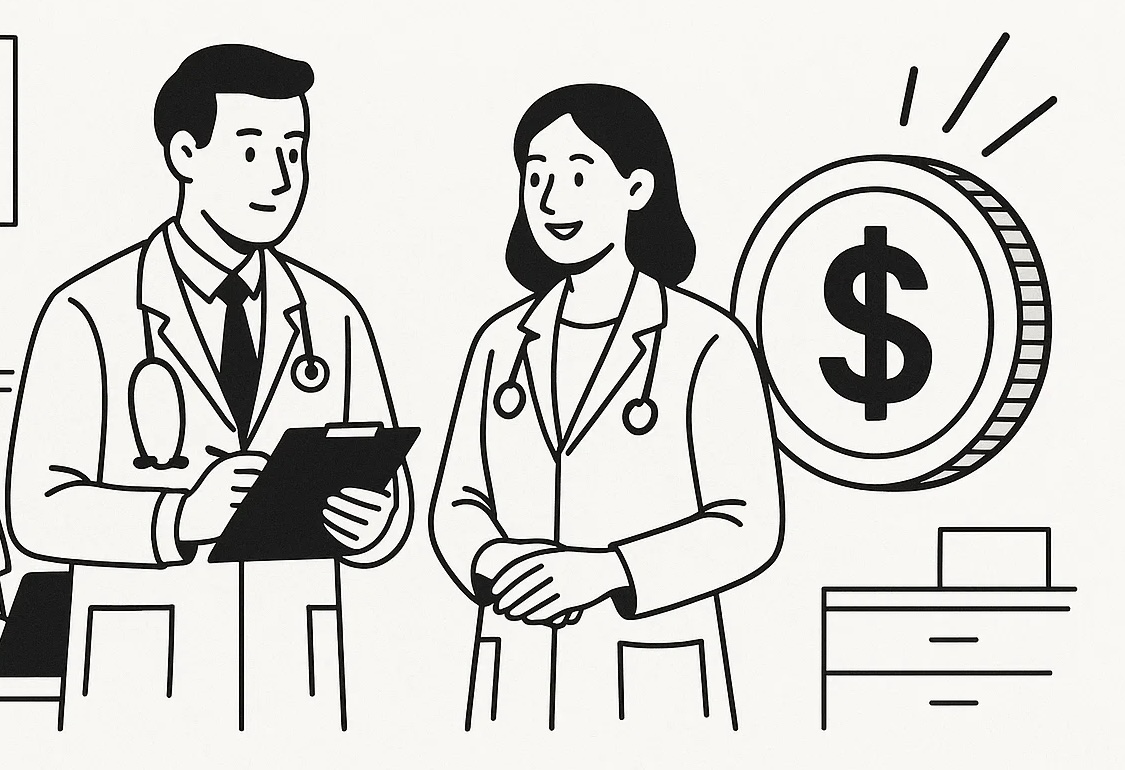XpediteMD covered in news story in Journal of Clinical Pathways about XpediteMD’s innovative solution to the time to treatment problem.
Clinical pathways are increasingly recognized as essential tools in reducing treatment delays and enhancing the quality of patient care. These structured, evidence-based care plans offer standardized approaches for managing specific medical conditions, ensuring consistency and reducing unnecessary variation in treatment. By clearly outlining each step from diagnosis to intervention, clinical pathways help healthcare teams deliver timely, efficient, and coordinated care.
Time-to-treatment is a critical factor in many diseases, particularly cancer, where delays can significantly affect outcomes. For example, longer wait times for breast cancer or head and neck cancer treatments are associated with higher mortality risks. Clinical pathways help mitigate these risks by embedding best practices directly into the workflow, enabling quicker decisions, reducing confusion, and facilitating more seamless transitions between stages of care.
Real-world applications of clinical pathways have shown impressive results. A digital oncology platform, for instance, helped cut the time to treatment for breast cancer by 55%. Multidisciplinary clinics using coordinated dashboards also saw substantial improvements in timeliness for complex cancer cases. These tools not only help keep care teams aligned but also provide real-time insights into where delays occur, making it easier to intervene and resolve bottlenecks.
Despite their advantages, implementing clinical pathways isn't without challenges. Development and maintenance require significant investment, and successful integration depends on how well the tools mesh with existing clinical workflows. Additionally, some physicians may resist pathways out of concern for losing clinical autonomy. However, flexible design, transparency, and the option to document off-pathway decisions can ease this resistance.
In summary, clinical pathways are a powerful solution to reducing time-to-treatment delays. By fostering consistency, enhancing communication, and using technology for real-time tracking, these tools are reshaping how healthcare systems respond to patient needs, ultimately leading to better outcomes and more equitable access to care.
Read the complete artcile here: https://www.hmpgloballearningnetwork.com/site/jcp/how-clinical-pathways-can-help-reduce-time-treatment-delays?fbclid=IwAR0bCVUahe9Y9gt4o-canghTkjbv9-yoTqWKzI9--5Tt3XyLbNmSeG4Lf1Y






